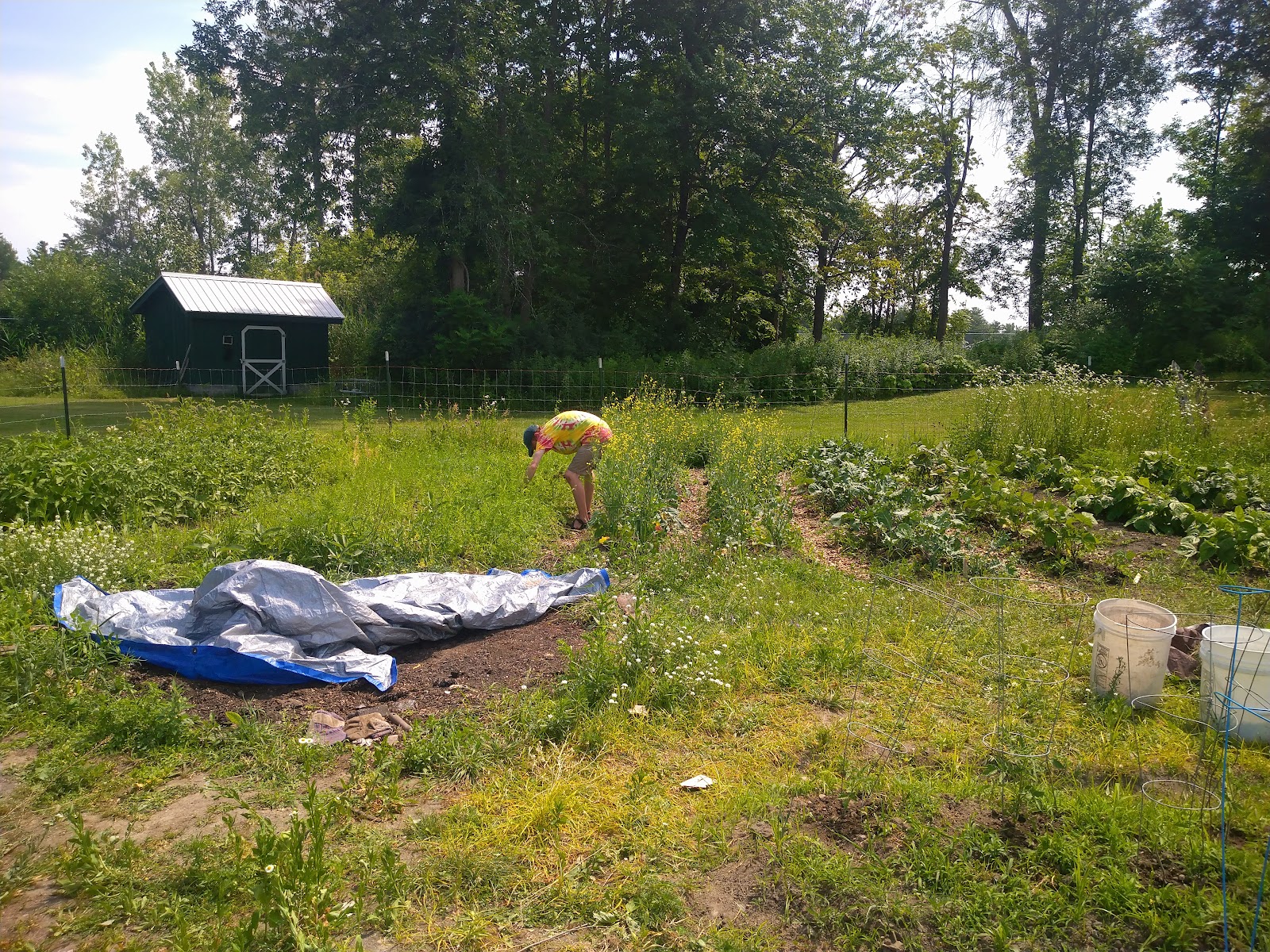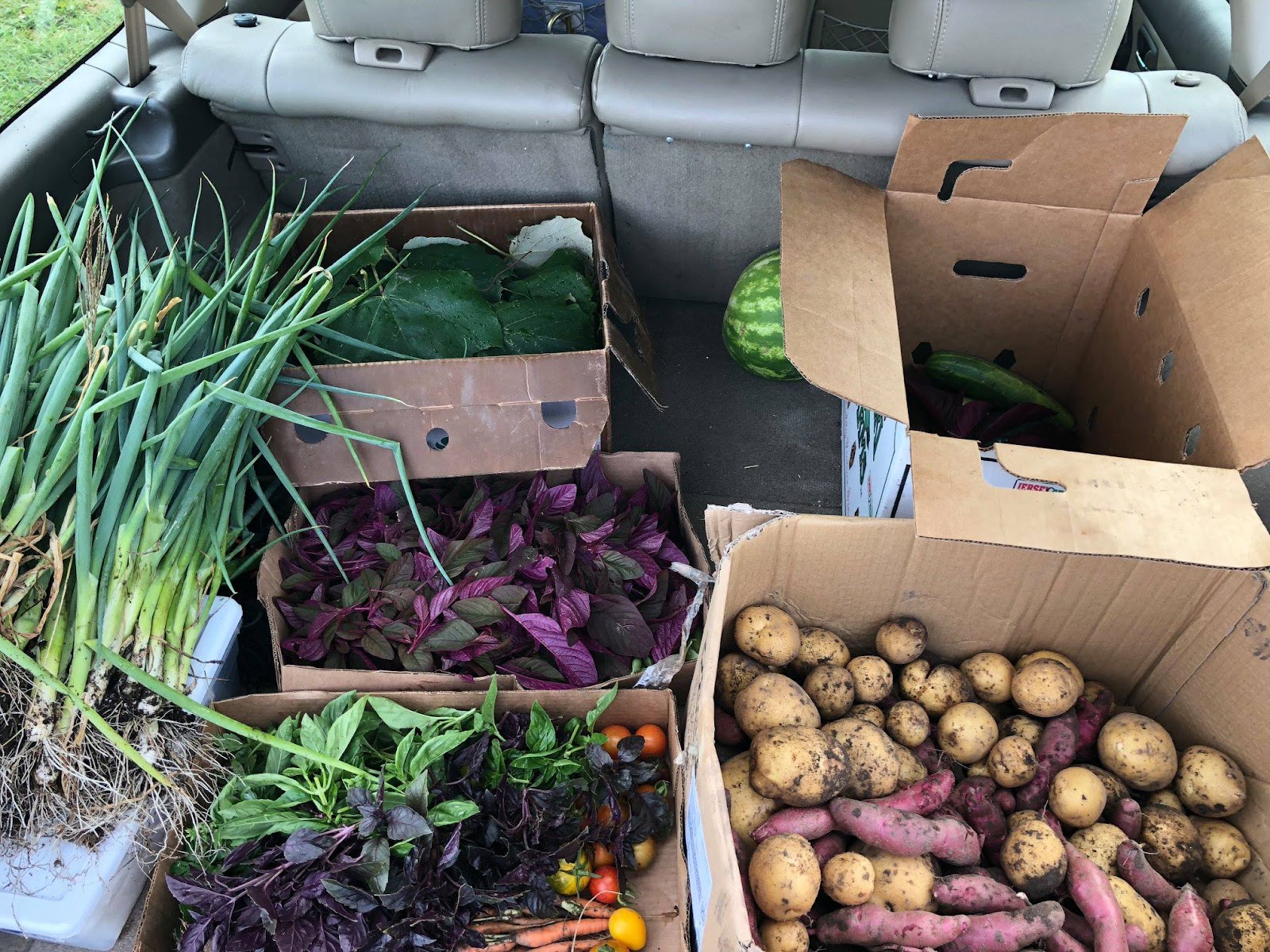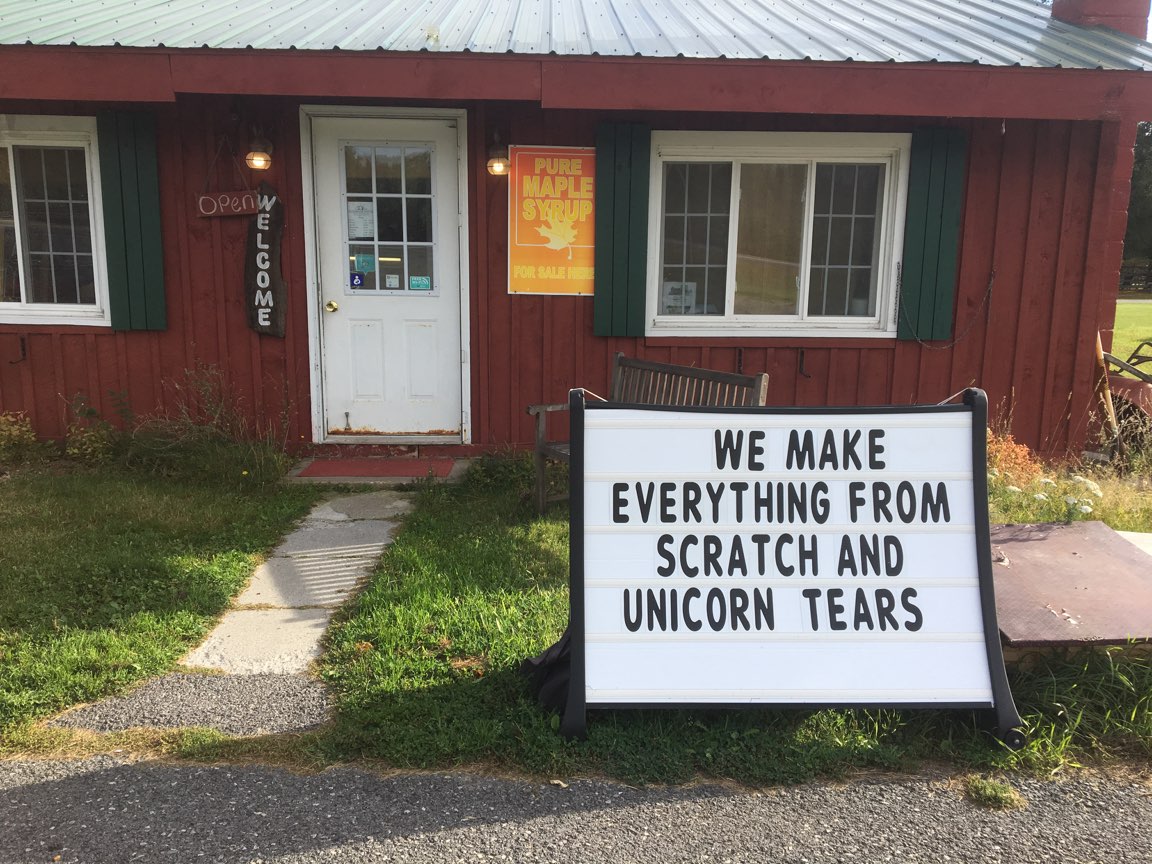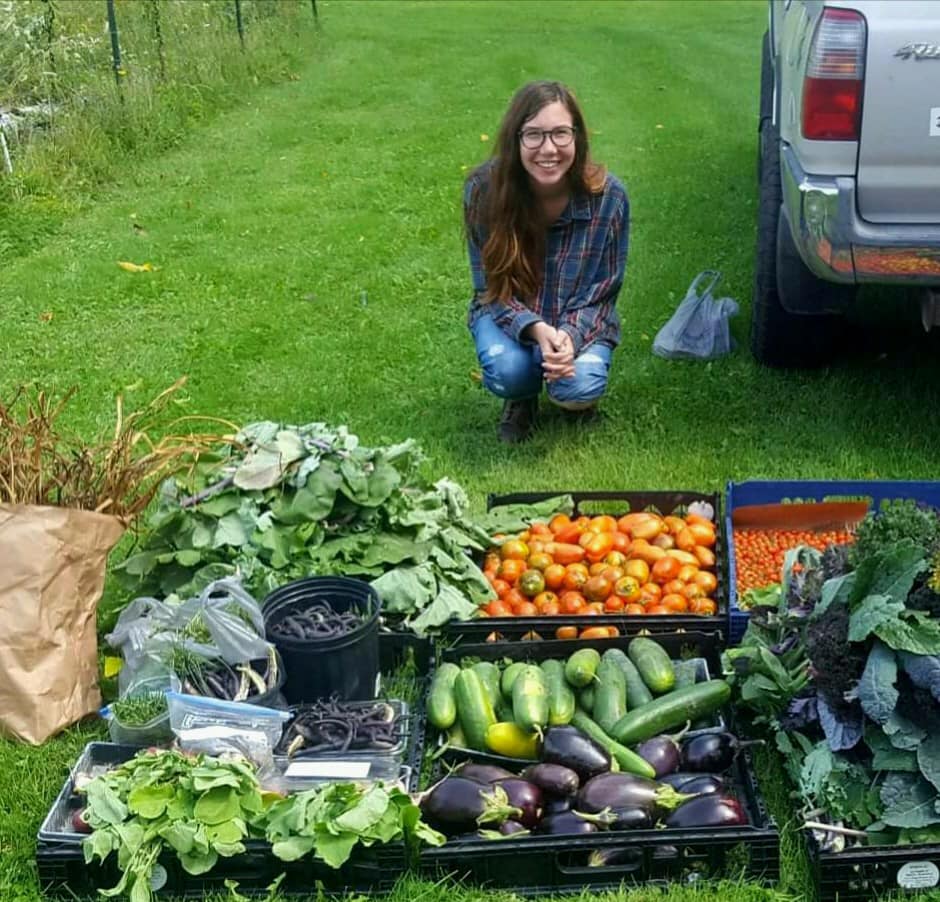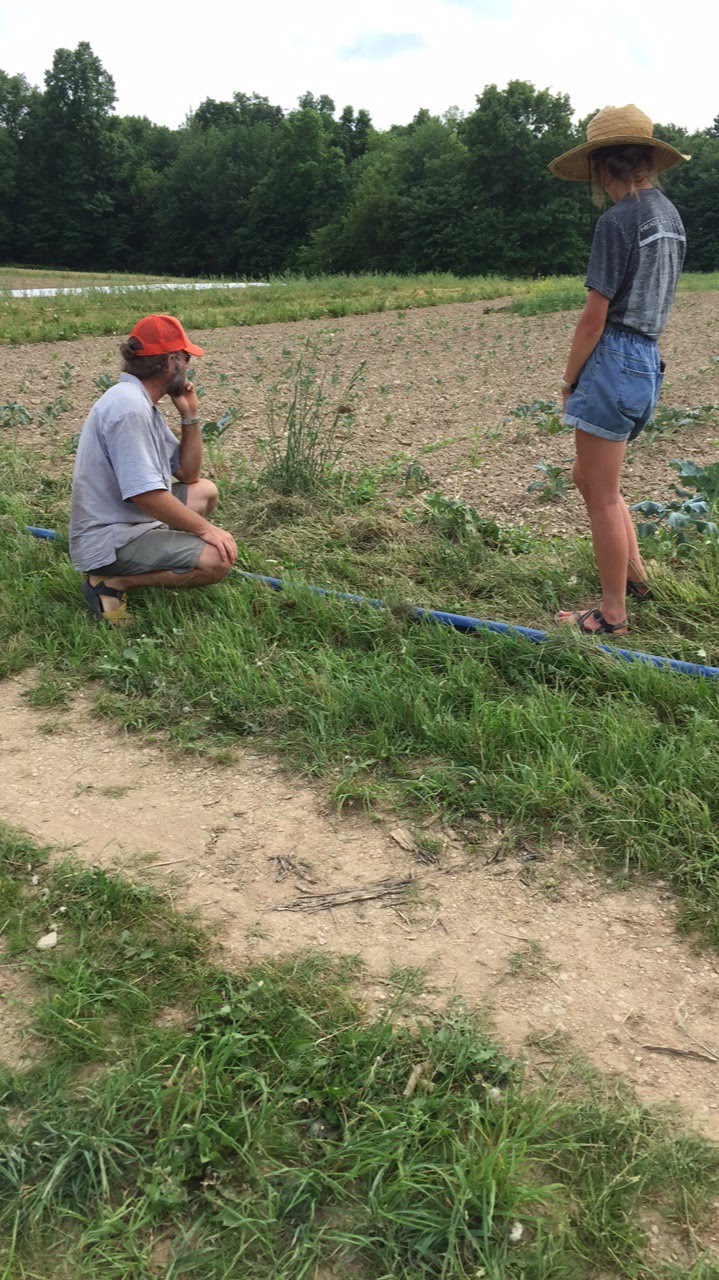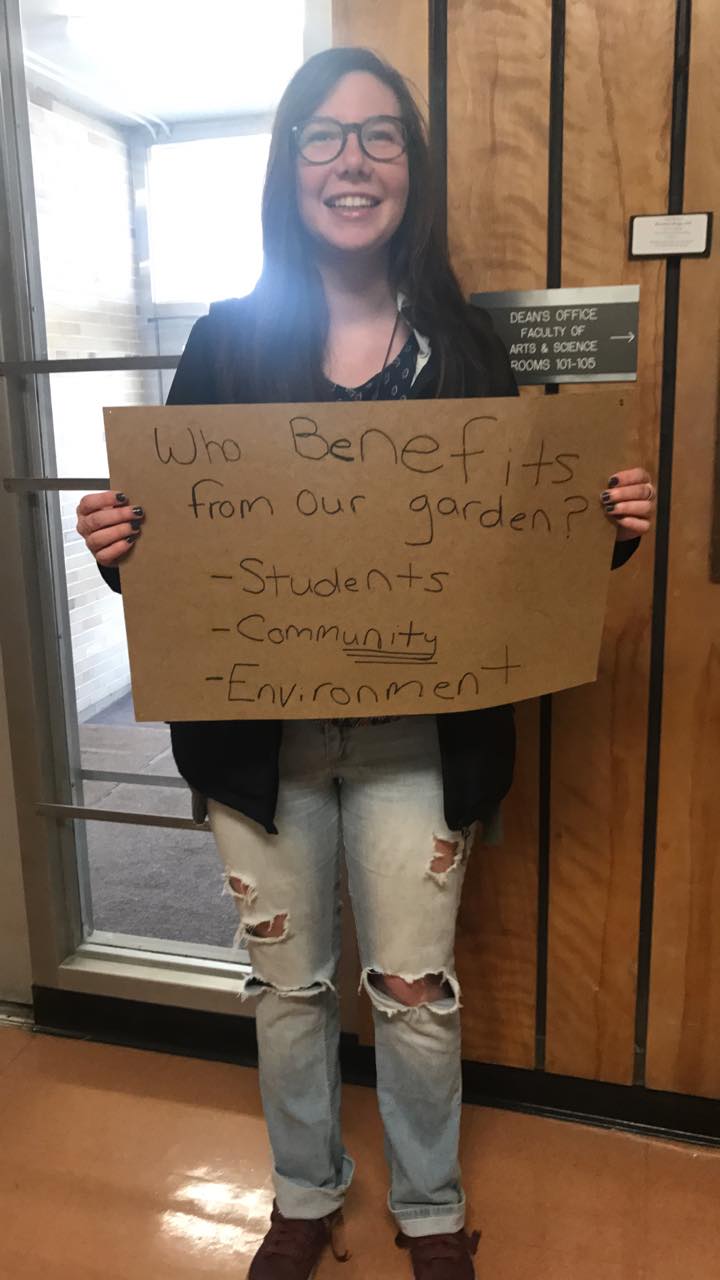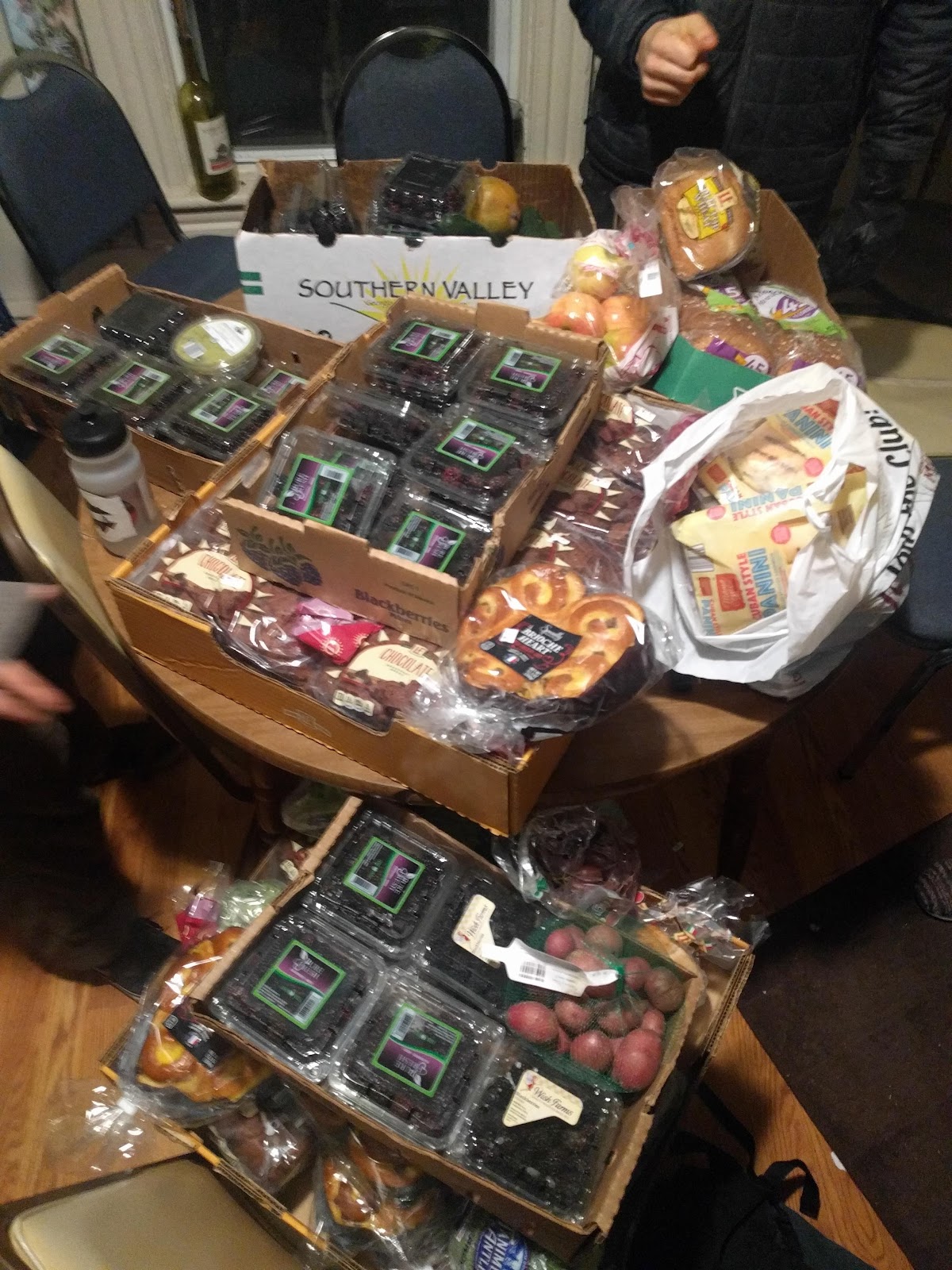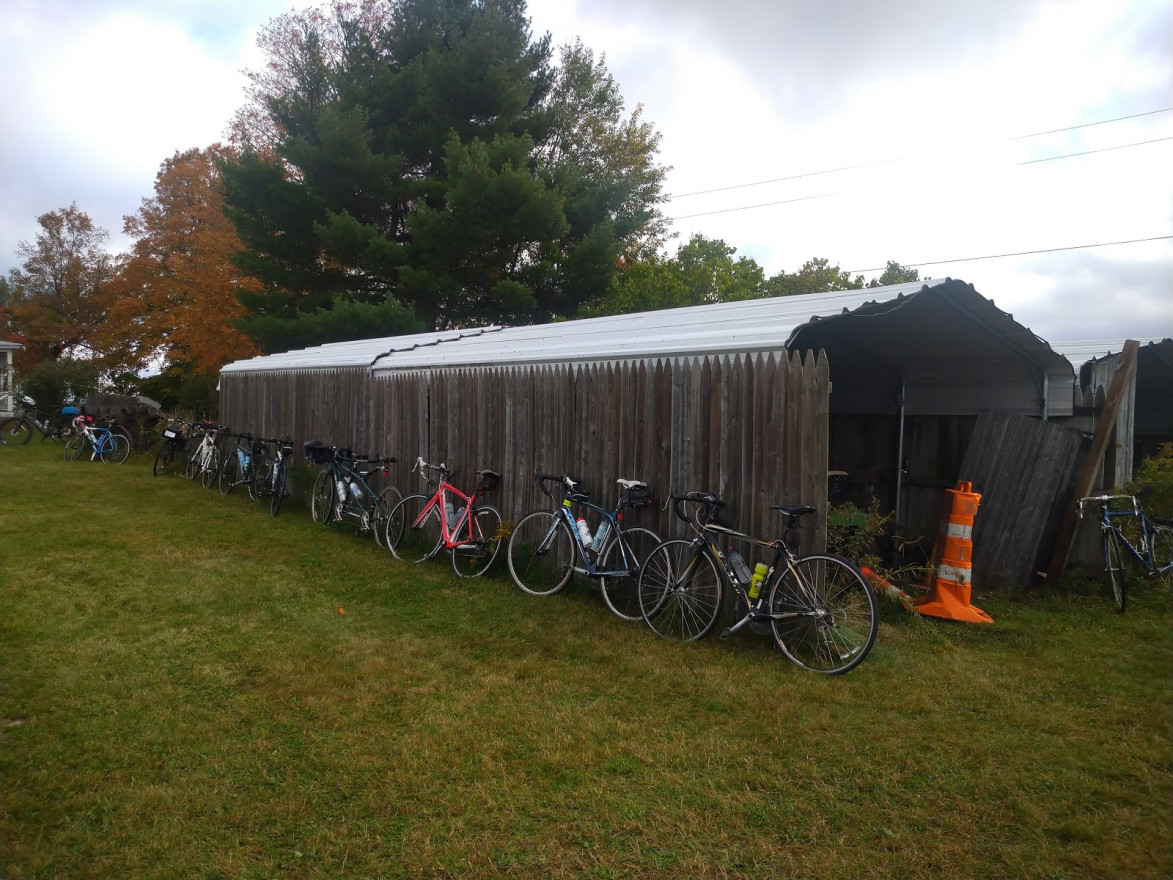
Bike the Barns event in September, 2019. (Samantha Beck/SUNY Plattsburgh)

Bike the Barns event in September, 2019. (Samantha Beck/SUNY Plattsburgh)
Within our current global situation, food deserts and food insecurity are as rampant as I have ever seen within my entire lifetime. According to the Food Empowerment Project, a food desert is defined as geographic areas where residents’ access to affordable, healthy food options (especially fresh fruits and vegetables) is restricted or nonexistent due to the absence of grocery stores within convenient traveling distance. This issue has been exacerbated and will continue to disproportionately impact black, indigenous, and people of color (BIPOC) communities due to systematic equity issues. A local to me example of a food insecure area is upstate northern New York. Due to the remote location, rising poverty rates, and short growing season, it can be a challenge to access healthy food or even grocery stores without a vehicle in these areas.
However, the Adirondack North Country Association came up with a creative way to combat food insecurity within the North Country. How, you ask? Cycling! Bike the Barns is an event organized by the ANCA. This event involves the selection of a scenic bike route within the Adirondack State Park of New York. Cyclists pay a fee to register for this ride, and the income made from registrations is used to provide locally grown food shares to impoverished families. These rides vary in length from 10 to 70 miles. Along the ride there are stops to multiple diverse small scale local farms, in which you are given a farm tour and the opportunity to converse with the farm owner and other riders. Having the opportunity to see a window into these people’s lives and to observe the power of the local food movement was incredible.
The Bike the Barns event is an extremely creative way to provide relief to individuals who experience food deserts and food insecurity, but how do we make progress on this issue on a larger scale? Below are some more ideas on how to combat food insecurity on both a local and broader level.
